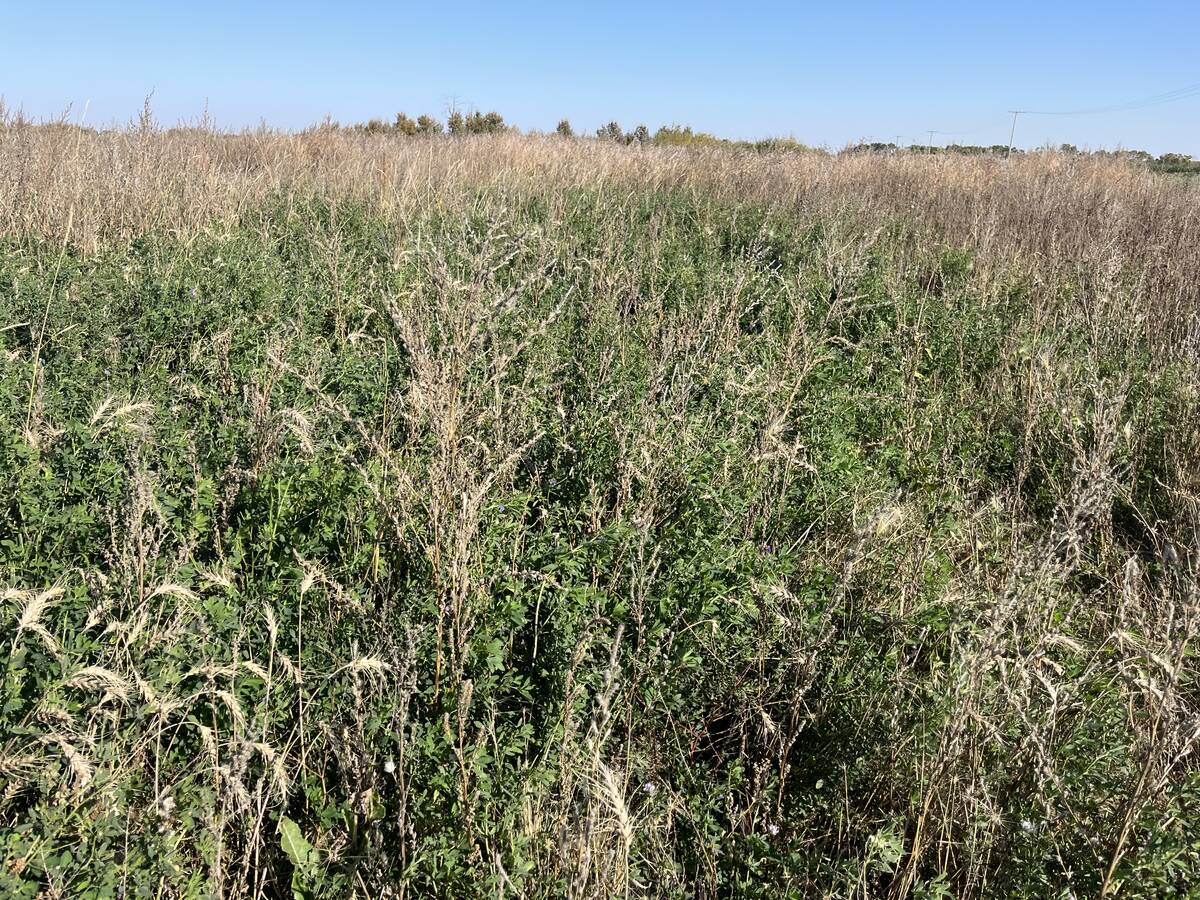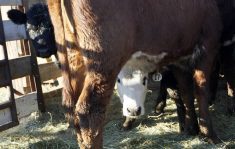Regaining beef markets in Asia has become a political debate rather than negotiated business, according to Canadian beef industry officials.
While the Canada Beef Export Federation reports meat is moving to 71 different countries, more lucrative markets like Japan and South Korea remain closed since trade stopped in 2003 due to BSE.
The federation, made up of 51 members dedicated to improving offshore beef exports, met in Calgary Sept. 16.
Fickle public opinion, less than friendly media and shifting political platforms are among the challenges Canada faces in Asia, they said. U.S. disagreements with Japan and South Korea do not help.
Read Also

Dormant seeding forages frees up farmer time and gets ahead of weeds
Dormant seeding isn’t common practice and can appear daunting, but there are some techniques to give Manitoba farmers an edge
“The U.S.A. BSE positive cow discovered in June of this year should not have affected the trade restoration timetable, but it may be naive to think it didn’t,” said Peter Comrie, chair of the federation’s technical committee.
Former customers like South Korea and Taiwan are watching Japan’s next move.
“South Korea has been clear: trade will not resume with Canada before the U.S.A.,” said Comrie.
However, a damning Sept. 12 report from the Kyoto News Service said cattle in the United States have a greater chance of BSE exposure because of insufficient feed regulations.
“Interesting observation coming from a country reporting its 19th and 20th case of BSE on June 2 and June 6 of this year,” said Comrie.
Canada should work independently to negotiate access to lessen its dependence on the fickle American market, said export federation president Ted Haney.
“Only by demonstrating our independence will Canada break the constraints of long-standing trade dependence on the United States and get on with the task of developing a made-in-Canada export culture,” he said.
Canada risks future trade actions as it returns to its heavy reliance on the U.S. rather than waiting for markets to open elsewhere.
“Since July 19, 2005, Canada’s dependence on the export of non-breeding cattle and our overall trade dependency on the U.S.A. has increased to levels that are of concern,” Haney said.
For the first seven months of this year, the U.S imported 80 percent of Canada’s processed beef. Since the border opened July 19, it has also imported nearly 110,000 cattle younger than 30 months. That means Canada is shipping 90 percent of its beef and live exports to the U.S. In pre-BSE days, about 70 percent went stateside.
Canada must realize the world did not stand still when it was removed from the market, said Haney. Customers found other suppliers who will now fight to retain market share.
In Japan, beef consumption dropped and retailers are struggling to maintain sales. Beef consumption in 2004 was 89 percent of what was consumed in 2003. In 2004 Japan imported 429,000 tonnes of beef with Australia supplying 394,220 tonnes.
No progress is expected until the end of this year in talks about North America’s re-entry to the market, said Tomoshige Sakamoto, the export federation’s Japanese director.















